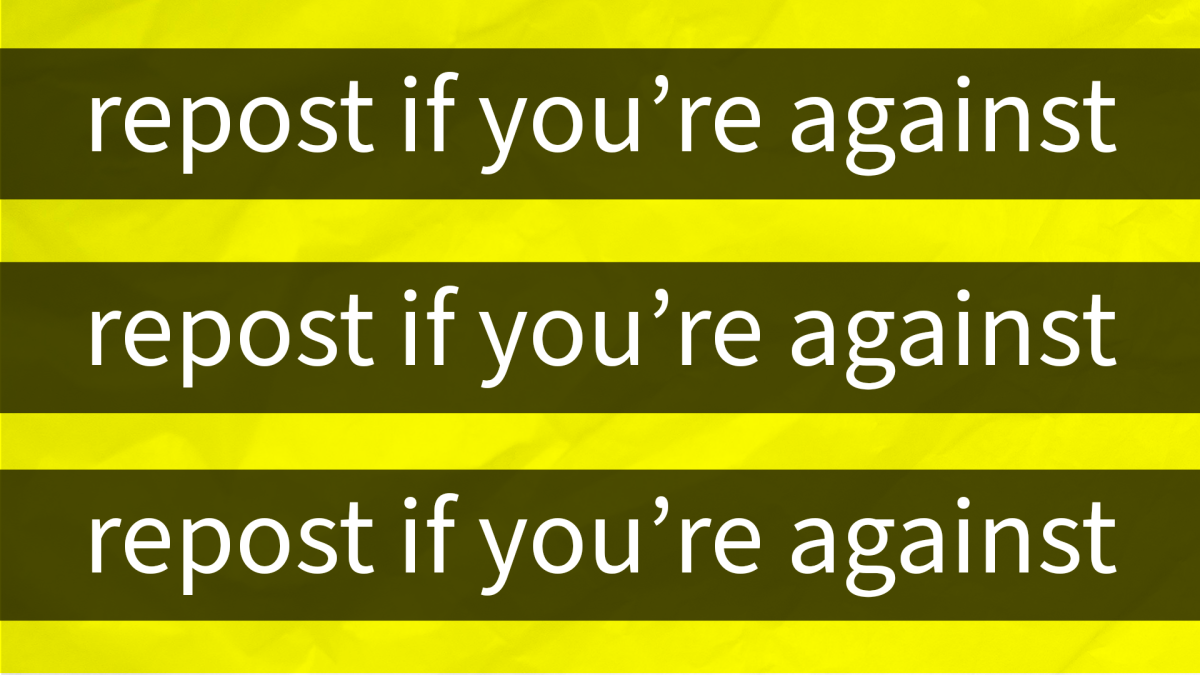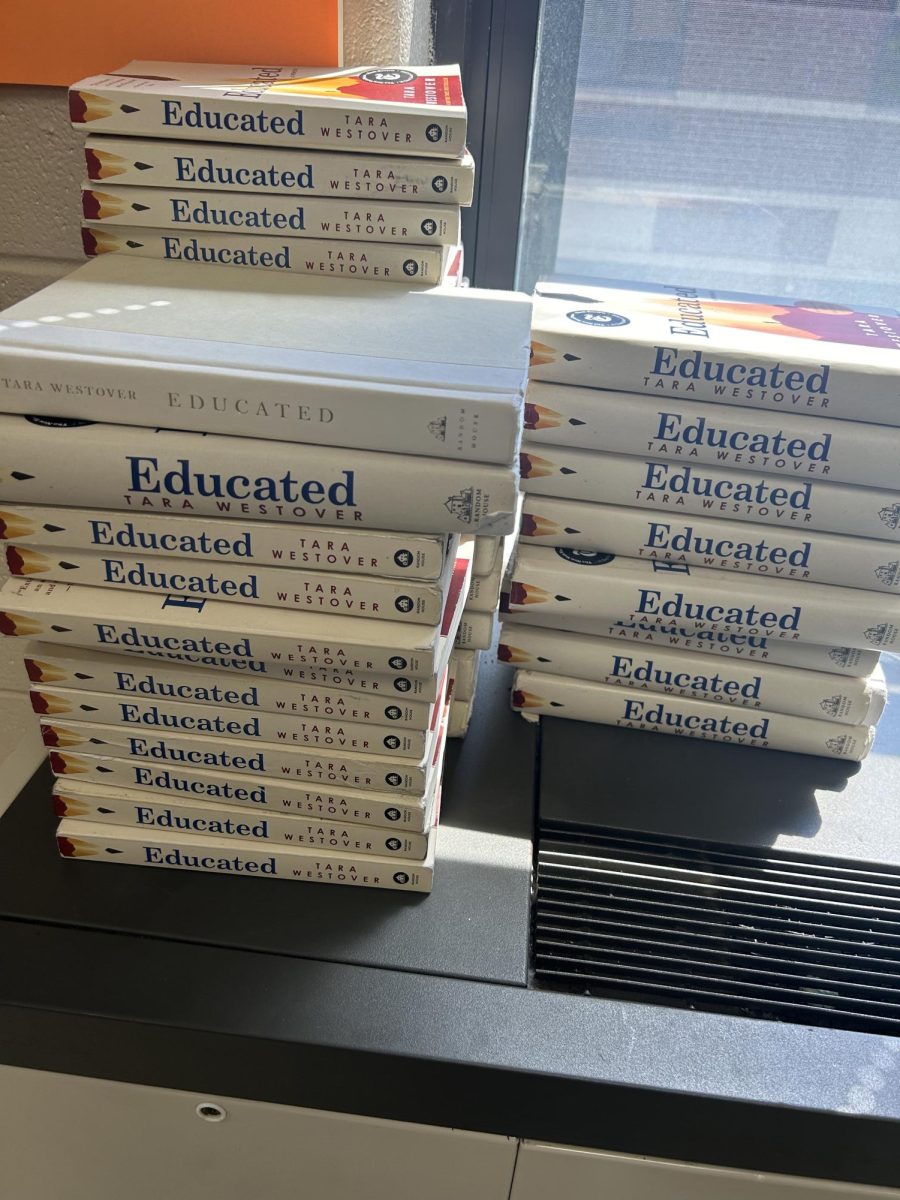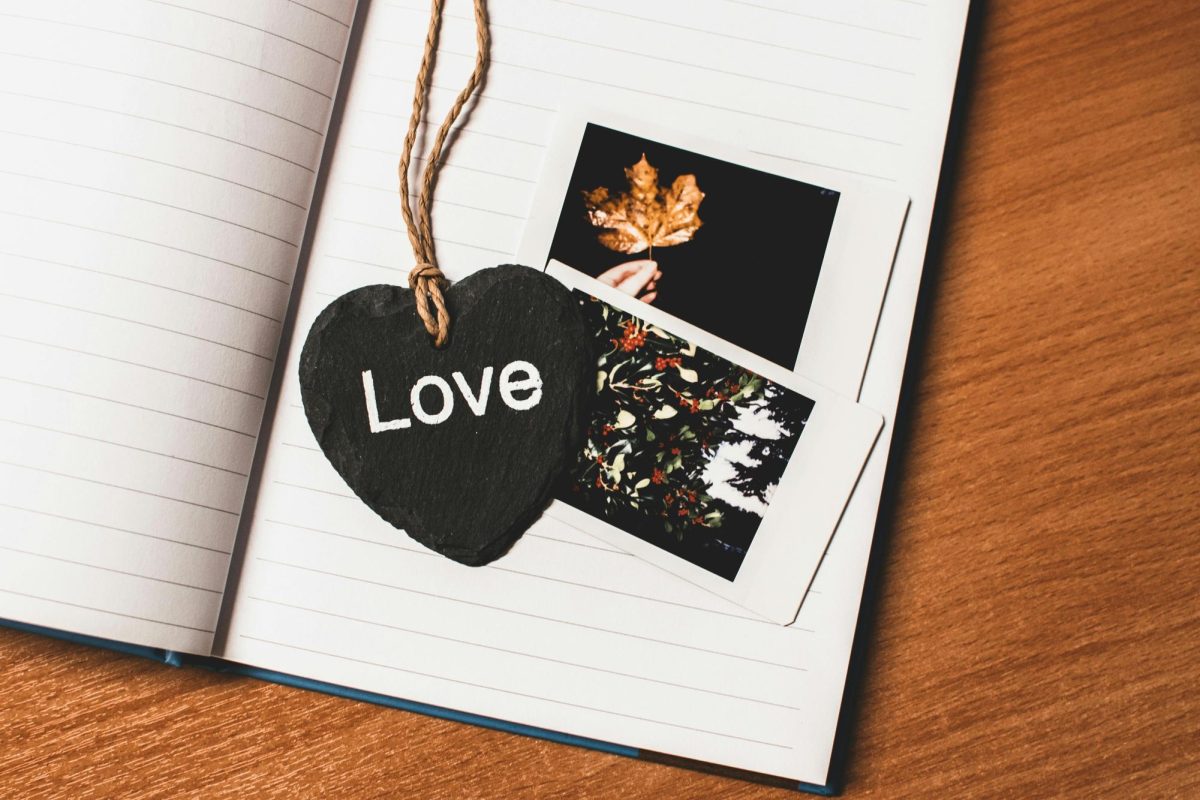Snapchat is one of the world’s most popular social media platforms, with 414 million daily active users and $4.6 billion in annual revenue according to a 2023 Q4 Snap Inc. earnings call. With such a powerful platform, it’s worth looking at the influence it has over its prime demographic: teenagers and young adults. In Streaks, we examine the popularity of Snapchat and its cultural impact on high school. This is the third article in this column.
…
You’re in fifth grade. You just got home from a long and strenuous day of adding fractions together. Excited, you log onto your Xbox to play Minecraft until bedtime. That’s when you see a horrifying, ominous message from your good friend Steven:
“you have been CURSE.D send this to ten peopl if you dont you will die”
It makes my blood go cold simply typing this.
These types of messages are called copypastas, a synthesis of the words “copy” and “paste.” As you can guess based on the name, they are messages that contain a call to action to spread the message itself elsewhere. They are a staple of early to mid internet culture; The Navy Seal copypasta, supposedly typed out by a very angry naval assassin, and the entire script of the 2007 cinematic masterpiece The Bee Movie are two examples of infamous internet copypastas.
Some argue that the copypasta has roots dating back as far as the year 55, citing a letter supposedly written by Jesus Christ himself. The letter in question urged his followers to copy the message to be “blessed,” and threatened that those who don’t “shall be cursed.”
Copypastas have since largely died out with the waning relevance of message boards and emails as a form of casual communication, although they do still exist, especially on Snapchat.
Most Snapchat copypastas are fairly innocuous. A screenshot posted to someone’s story with the caption, “screenshot this and post it, let’s see how long we can keep it going” can do no harm besides being a slight nuisance. However, every now and then a specific copypasta will emerge that crosses a line from fun, if not annoying, to bafflingly insensitive:
“Repost if you are against sexual assault, if I don’t see this on your story you disgust me.”
At first, many people’s reactions would be to immediately screenshot the caption and post it to their own story. I mean, you wouldn’t want to be perceived as someone who supports sexual assault, would you? Besides, it spreads awareness, right?
While an understandable reaction initially, this copypasta is a slap in the face to those who have survived such a horrid experience. It boils down one of the most traumatizing moments of one’s life into a challenge – something that one can derive enjoyment from. Justifying this copypasta as activism is laughable at best, and actively damaging at worst. It contains no information or statistics, hotline numbers, or words of encouragement, let alone a dash of empathy.
For a scared high schooler who would not know what to do after experiencing sexual assault, seeing this copypasta may actually feel isolating. It’s shallow and devoid of the diligence the subject deserves, which they may interpret as the world not caring about their trauma. For high schoolers who have never experienced sexual assault, the copypasta abstracts the experience and makes it more difficult to empathize with victims. It’s unequivocally a lose-lose scenario.
Social media, such as Snapchat, can absolutely be used for doing good. Local fundraisers for families in need, easily repostable lost-pet posters, and genuine actionable advocacy can and do take place on platforms. However, when misused, this aspect of social media can not only trivialize harmful experiences, but can actively make them worse.
In this article, we examined how a seemingly positive part of Snapchat can be twisted to become harmful. In the fourth and final article of this series, we will examine ragebait on Snapchat Spotlight and what it reveals about the teenage psyche.





![An email sent out to LTHS parents on Monday, April 28 stating consequence for senior ditch day.
[Accessed by senior student at LTHS]](https://porterpress.org/wp-content/uploads/2025/04/Image_20250430_194836_200-e1746103262671-801x1200.jpeg)

